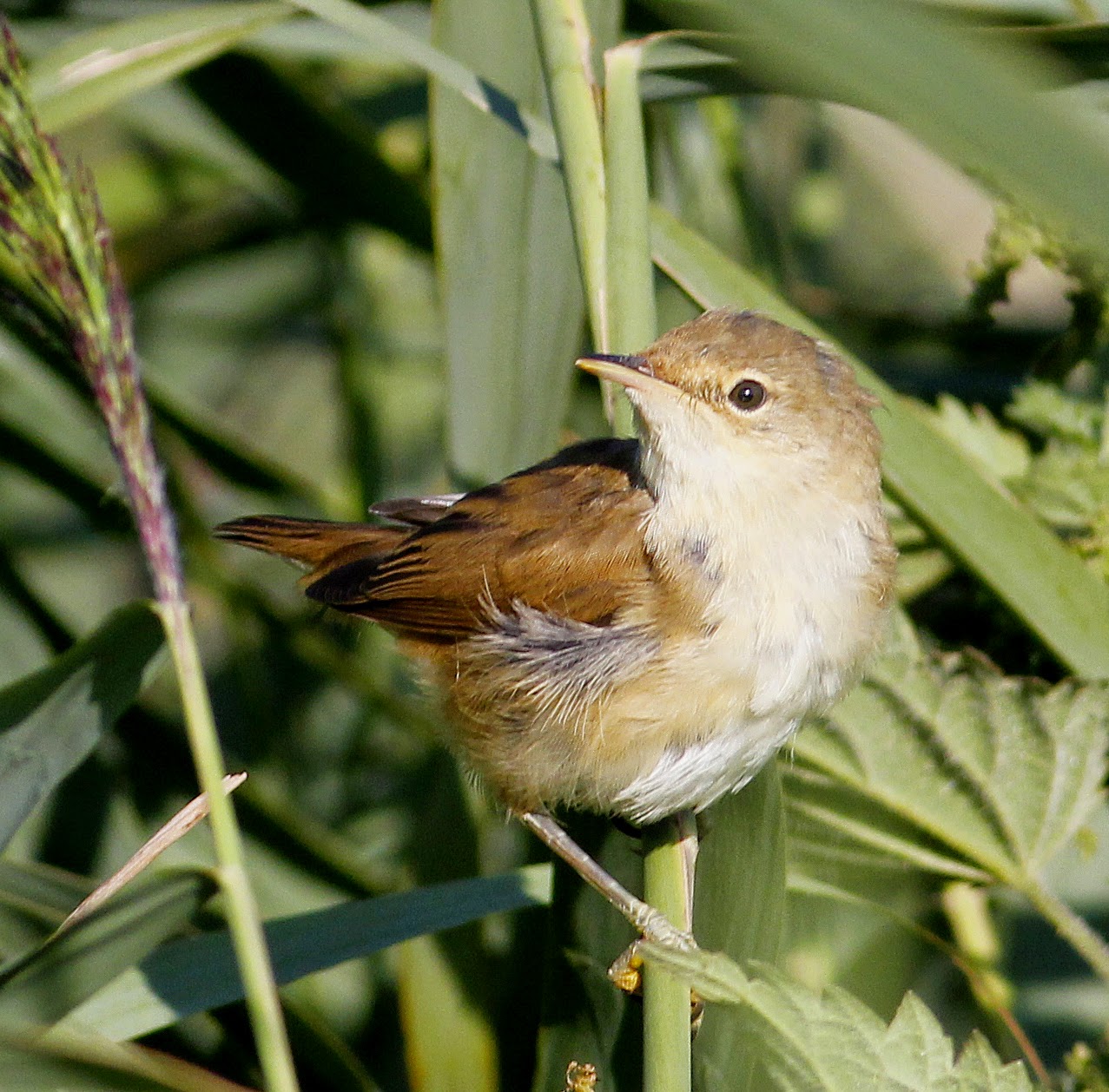Just in case you folks didn’t know. Today March 1st is known in parts of Scotland as “Whuppity Scoorie”- supposedly it reflects changes when lighter spring evenings replaced the dark winter nights and a time to celebrate; perhaps with a wee dram?
For me the marginally lighter mornings mean a chance to go birding 30 minutes sooner and to catch up with a glass of wine once the day is over.
The Barn Owl just didn’t want to co-operate this morning. The roads are still pretty busy until even lighter mornings arrive and this owl is sensible enough to avoid the passing vehicles. So I made do with a distant photo and then went on my way.
Barn Owl
I made it to Gulf Lane where the Linnets have made something of a comeback with 100+ in attendance and still preferring what’s left of the natural food rather than our millet/rapeseed mix. It looks like the Avian Flu restrictions are to apply for some time yet to further frustrate or efforts to catch birds here. As well as a couple of Stock Doves, I counted five or more Skylarks in the immediate area with a couple flying off from the net ride where we deposit the seed mix.
A single Little Egret hunted the dyke with several tree Sparrows around the farm as well as a Kestrel hovering over the roadside.
Little Egret
Kestrel
The morning was very changeable with constantly shifting light. There was sun one minute, and then dark clouds followed by a hard shower, after which came more sun and more showers. Below is a picture from Cockersands with the ancient abbey (pre-1184) in the background right. In the second picture in the foreground of the abbey are the many thousands of Golden Plover, Lapwing, Redshank and Dunlin that have fed intermittently on the flood for a number of weeks now. So wary is the mixed assembly that it is impossible to get close and very difficult to count as the birds constantly fly around at the slightest disturbance and then land in different places.
Towards Cockersands
Cockersands
Dunlin
I counted 3 Brown Hares in the same fields, together with several Skylarks and a handful of Meadow Pipits. March is the traditional time to see Brown Hares “boxing”, but ours aren’t ready just yet. As the females come into season, male hares take more and more interest, following them closely until ready to mate. This is known as ‘mate guarding’ - the male making sure a rival doesn’t steal his girl away. But if he gets too close, fur will fly as she gives him a left hook until she’s ready.
Meadow Pipit
Brown Hare
Five hundred yards away at the shore were 10 + Tree Sparrow, 6 Woodpigeon, 4 Collared Dove, 4 Greenfinch, 4 Goldfinch, 2 Reed Bunting, 2 Linnet, 1 Little Egret. Some or maybe all of the Tree Sparrows here use buildings in which to nest as suitable trees and hedgerows are hard to come by. I watched a pair entering and leaving a gap between the roof and the walls where a Starling watched on. But I think the Starling was just a little too big to claim the site.
Tree Sparrow
Starling
There’s nothing much doing at Conder Green but where the Avocets are due any day. Wader wise I did see 40+ Black-tailed Godwit circling behind the pool to then the land in some distant field. Also, 120 Teal, 15 Redshank, 15 Oystercatcher, 8 Curlew, 4 Goosander, 3 Little Grebe, 2 Little Egret and 1 Spotted Redshank.
Stay tuned for more from Another Bird Blog. Meanwhile, keep in mind that other piece of March folklore - “As the days grow longer the storms grow stronger.”
Linking today to Anni's blog and Eileen's Saturday.
Linking today to Anni's blog and Eileen's Saturday.





















































